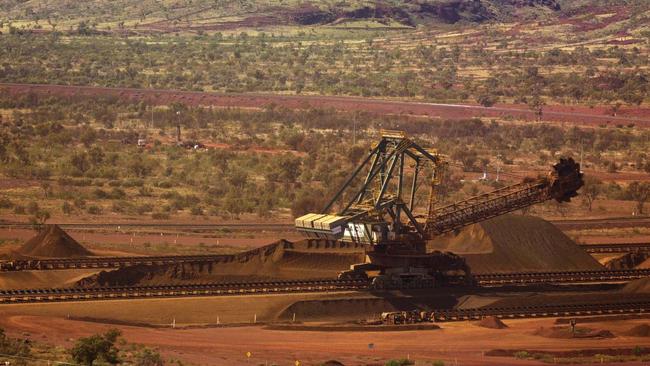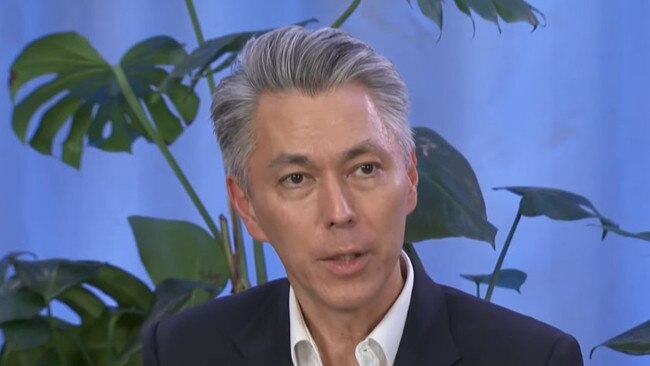BHP steels itself for more declines in price of iron
Analysts expect a drop in demand from China to further the reduce cost of the steelmaking commodity as the world’s biggest miner prepares to publish results.

A fall in iron ore prices has clouded the outlook for the world’s largest miner as it prepares to announce its full-year results next week, with analysts forecasting a further fall in the key steelmaking ingredient.
Iron ore prices sank to a near-two-year low this month as traders became more sceptical that stimulus measures from Beijing would help to lift the Chinese economy and its troubled property sector, threatening steel demand.
Mike Henry, the chief executive of BHP, will set out his view on the outlook for global steel demand when the group reports its full-year results on Tuesday. The Australian miner has already announced a 14 per cent quarter-on-quarter decline in the average realised iron ore price during the June quarter to $US91.31 ($134.40).
“When you talk about the seaborne iron ore trade, China dominates it because it picks up about 75 per cent of the total supply, so no one else really matters,” Tom Price, a resources analyst at Panmure Liberum, the broker, said.
Iron ore for delivery to China fell to just over $US92 a tonne in the middle of this month, the lowest level since November 2022.
BHP’s London-listed shares have fallen by 23 per cent since the start of this year, a slightly worse performance than Rio Tinto, which also has a heavy exposure towards iron ore and has suffered a 19 per cent fall in its market value.

The iron ore operations in the Pilbara region of Western Australia are a cash cow for BHP, helping to fund more speculative mining projects, such as its Jansen potash development in Canada.
Along with its peers, BHP has been unfazed by the downturn in iron ore prices, churning out record production volumes during the final six months of last year. It produced 260 million tonnes of iron ore last year, up slightly from 257 million tonnes over the 12 months to June 2023. However, it has set out an ambition to increase its output to 305 million tonnes a year in the medium term.
Iron ore production is generally considered to still be profitable while prices are above the dollars 100-a-tonne mark.
Some analysts are anticipating a further deterioration in iron ore this year. Panmure Liberum is forecasting a decline in prices to dollars 90 a tonne during the fourth quarter of 2024, before falling further to dollars 85 next year, driven by weak appetite from the Chinese property and infrastructure sectors.
“They’re now transitioning from a build phase to a replacement phase, which is much less commodity-intensive,” Price said.
Wood Mackenzie, the energy research consultancy, expects prices to remain at between dollars 95 and dollars 100 a tonne for the rest of the year, citing a shift in the Chinese economy from more steel-intensive industries towards electronics and power infrastructure.
Investors will look closely, too, at BHP’s mergers and acquisition strategy after the miner abandoned an audacious pounds 39 billion bid for Anglo American in May. The takeover attempt underscored the clamour for copper, a metal seen as vital in powering the energy transition, among the world’s biggest miners.
The Times







To join the conversation, please log in. Don't have an account? Register
Join the conversation, you are commenting as Logout